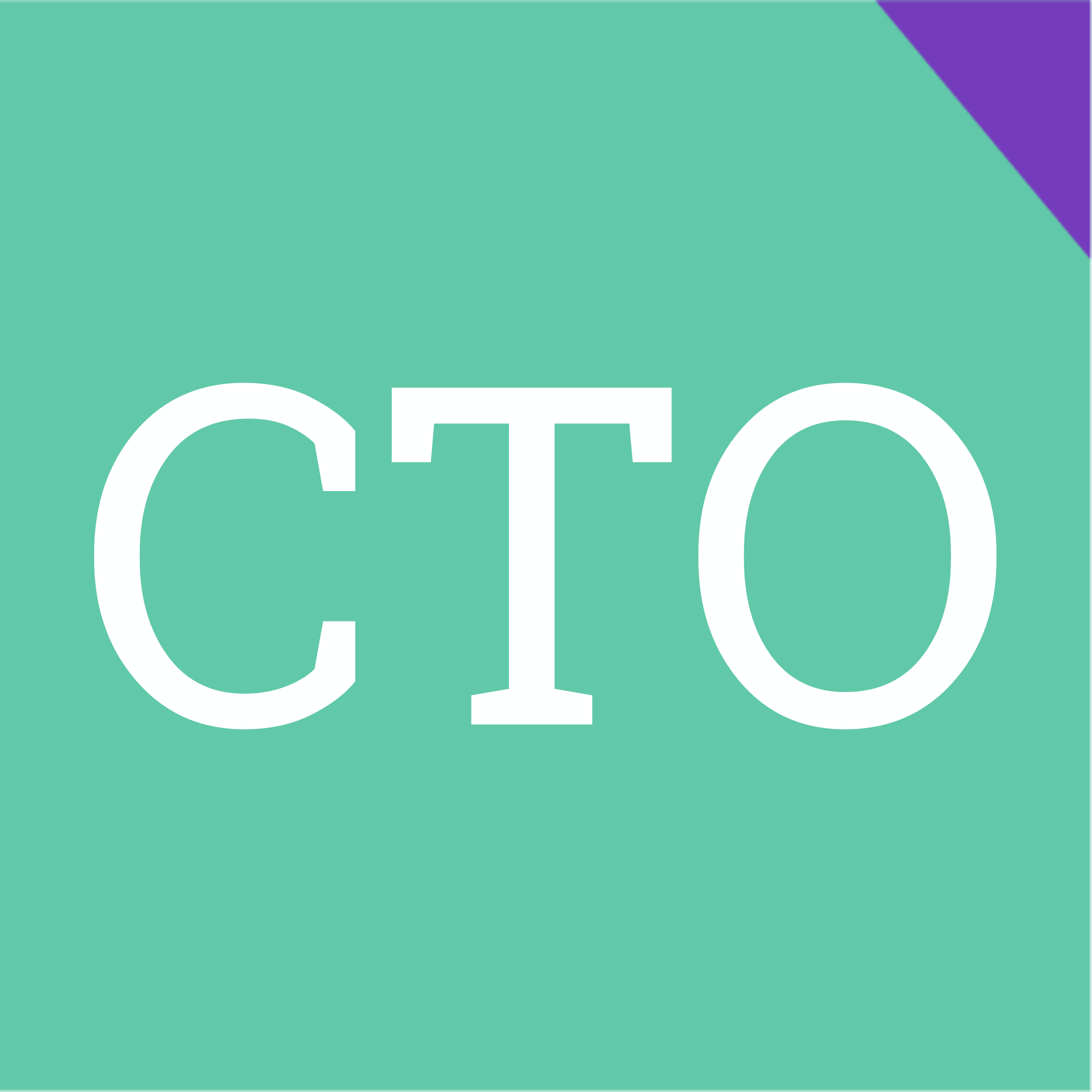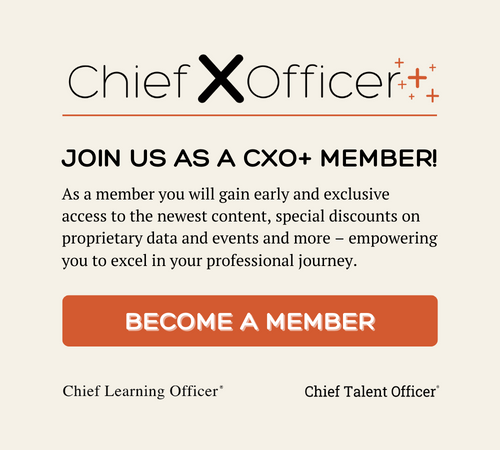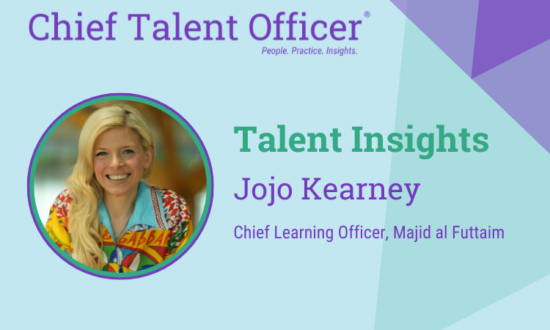The Prudential Financial slogan, “Growing and Protecting Your Wealth,” parallels the company’s stance on learning. The organization is comprised of various companies, each offering different products and services such as mutual funds, real-estate brokerage and relocation services. In order to meet the particular needs of each separate business, Prudential has created a learning and development strategy based in part on vendor partnerships and the formation of high-performing teams that share best practices across the organization and ensure that corporate learning works in tandem with the best learning from the field. Though independently operated, corporate learning and Prudential’s individual business learning activities run along related tracks. Without one, the other might fail to create desired results for clients or for the employees.
Prudential has roughly 20,000 domestic and 19,000 international employees. The organization’s ability to elevate employees’ individual competencies, particularly those of middle managers who provide the bench strength for succession-planning efforts and act as a key to individual employee development and performance, is critical. “It’s clear to everyone in the firm that human capital is the absolute advantage we have in the marketplace,” said Raoul Buron, vice president and chief learning officer, Prudential Financial. “No question. The talent of our people truly is the competitive edge. It’s a very serious and ominous responsibility that the learning organization and the learning professionals throughout the different businesses have in making sure that we stay leading edge in terms of technical knowledge as well as capability around management and leadership.
“The focus from corporate learning is to really focus on three different levels: individual development, team development and organizational development. Technical training is for the most part delivered by the learning professionals that are embedded throughout the different businesses. They have a very important job in keeping many of our field personnel up to speed on all that’s required as our products change and different sales approaches are used to move those products out to our consumers,” Buron said.
The Prudential learning philosophy requires that employees take a very proactive role in their development and partner with respective managers for collaborative development. The different learning organizations in the businesses reflect this same duality of purpose, working independently because of their unique technical differences in both products and delivery methodology, yet sharing best practices and learning from each other through various committees. “The other ways that the organizations get linked is many of these learning professionals use us as consultants here in corporate learning in terms of instructional design and in some of the technical nuances around building Web-based training or providing content that might be useful,” Buron said. “Prudential has a learning content management system, so there’s a huge repository of knowledge that is managed through this infrastructure, and everyone has access to that knowledge.”
Prudential prefers a blended learning approach as opposed to what Buron referred to as mass producing people through instructor-led training and hoping it sticks. In this regard, the company’s ability to craft relationships with vendors has created significant value. Prudential partners with vendors on specific proprietary Web-based and instructor-led training for the corporate learning organization as well as the different businesses. “We’re doing as much wrap around as we possibly can both to reduce costs and to sustain learning,” Buron explained. “There is a significant amount of consulting that goes on, anything from working very directly with senior leaders to our OD consulting, which is really bent more toward the vice-president level as well as a provision for executive coaching.
“We’ve trained people internally to do executive coaching as well as gone out and created a diverse pool of executive coaches. We’ve built a very rigorous process of understanding the need, handpicking the coach, matching the coach, doing heavy assessment up front, taking people through that coaching process, monitoring the process, and then measuring the results at the end whether it’s an internal or an external coach,” Buron said. “We’ve chosen not to do a turnkey-type approach to executive coaching because most of these firms have two or three or four really good coaches that they push at you, and then their bench isn’t nearly as strong as you would hope.”
Prudential doesn’t subscribe to just one delivery or content creation methodology either. Instead, the organization uses whatever learning methods are proven to bring about the needed results for the business at hand. The company leverages technology including learning management and learning content management systems wherever possible to enable managers and associates to access and repackage learning rapidly. “We know a lot of knowledge that gets pushed out to the field, you never really have to reinvent the wheel or start from ground zero,” Buron said. “You want to modify the learning that’s already out there, make the changes that they need to in rapid fashion, and get it out to the field, which is more often the first priority rather than the cost. The cost is oftentimes second because they need that knowledge out in the field so quickly that becomes the first priority.”
Vendors and partners are carefully screened to ensure that they are not only knowledgeable in their particular area of expertise but also in the learning and development industry in general. For instance, Prudential has worked hard to find top-notch coaches and to maintain the company’s own coaching pool. “There are often needs that are being met completely by internal people,” Buron said. “There are often needs being met by strictly external vendors, and then there are a multitude of opportunities where we partner with outside vendors. Most of the work that we’ve done with (President of Prudential Annuities) Dave Odenath’s organization has been with the last approach. We go and seek out the best knowledge in the field, and then we partner with people inside in terms of addressing the needs in the organization. That’s worked extremely well. It’s not one-size-fits-all in terms of all businesses. Our businesses have different needs. They’re at different stages. We have to approach each of them very separately.”
“Team building is mission critical to effective performance in any organization,” Odenath said. “But we had some unique challenges in 2003. We purchased another annuity company called American Skandia. Our objective was to take the best of each of two cultures and put that into our newly designed organization. A secondary objective once we defined those cultures, we wanted to build a high-performance-management team in order to run the business effectively.”
Working in conjunction with the learning organization, the Annuities business surveyed the employees of both companies and asked them to list the attributes that they most admired and most disliked about the two companies. Similar responses appeared from both companies, and from those Odenath and his team pulled the universally valued items to create a new vision for the new company. Then, Odenath further engaged corporate learning to create a high-performance team, instill the agreed-upon values, communicate them throughout every activity that was done and ensure they were lived every day.
Next, Odenath extensively profiled the management team so people would understand who they were and what made them tick. A host of tools were employed, including Myers-Briggs assessments and other different scans of people’s personalities, traits and characteristics. Outside psychologists and coaches participated to help each senior leader interpret their results. Once the individual analysis was done, it was the team’s turn. Everyone’s scores were posted on the wall, and the team began exercises to determine introverts, extroverts and people in the middle in order to clarify reasoning for people’s actions and reactions. Three broad categories emerged: innovators, pragmatists and conservers. The 23-member team produced 17 innovators, five pragmatists and one conserver.
“Then we delved into the mission: intelligent solutions for an outstanding client experience,” Odenath explained. “And the intelligent-solutions piece is the innovation. We made innovation a critical piece of our culture, and that’s part of what we did through a series of exercises, how do we turn that into reality inside of our organization? This was not a normal, standard bell curve. We leaned very heavily toward innovators. We began to understand the characteristics of innovative teams and minuses, and when you begin to understand those things you begin to understand how people perceive you positively and negatively. In a team you begin to realize how you have to comport yourself and things that you have to be careful of because you have this innovative bent and how that might scare some people, for instance, the extra work that you have to do to make people feel comfortable. Then we segued into, ‘Now that we know all this about ourselves, we know the culture we want to have and the social characteristics we want the organization to have, how does that become a high-performance team?’”
Facilitators set up a combination of off-site experiential exercises to learn how individual personalities, team characteristics and the culture Prudential Annuities intended to manifest worked in a realistic environment. One simulation included a field exercise where the team created a corporation and made a presentation to the board of directors and facilitators who accepted or rejected their strategy. “If they accepted it, you had a series of goals around the field exercise in the 60-acre campus. Goals had financial targets associated with them, and the goal was to earn as much money as you could. It was a remarkable experience to watch this team in action. At 1 o’clock in the morning, I walked into the room and found them drawing out charts and posters for their presentation the next morning to this mock board,” Odenath said. “The boards’ reactions, and these facilitators have been doing it for 20-plus years, was that ‘This is the riskiest strategy that we’ve ever seen, but we’re going to give it a shot because it’s one of the more innovative strategies that we’ve ever seen.’ They went out and executed the next day, and I think we had the second-highest score in the history of the exercise.”
“I think the wealth of development occurs as the work is getting done, as challenges are offered, special projects and stretch assignments and a whole multitude of opportunities are presented to associates,” Buron said. “Managers are able to measure the capabilities and address gaps through our performance management process, which is quite rigorous. The learning organization is the owner of that policy, but it’s really executed at every level, every function, every business, through the measurement by the manager of each associate’s performance on the job and technical competencies that are required on that job as well as leadership competencies, which are universal across the entire enterprise. That’s part of what my organization is responsible for, to make sure that managers understand what their roles are in the development of their associates and how to create opportunities for development besides e-learning, classroom, consulting and executive coaching.”
Kellye Whitney, kellyew@clomedia.com














